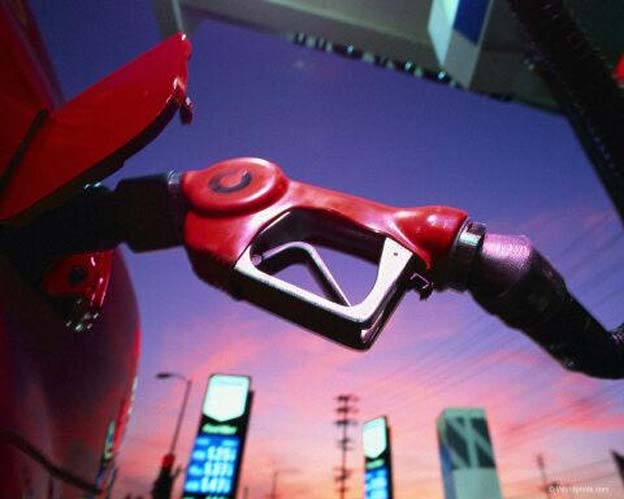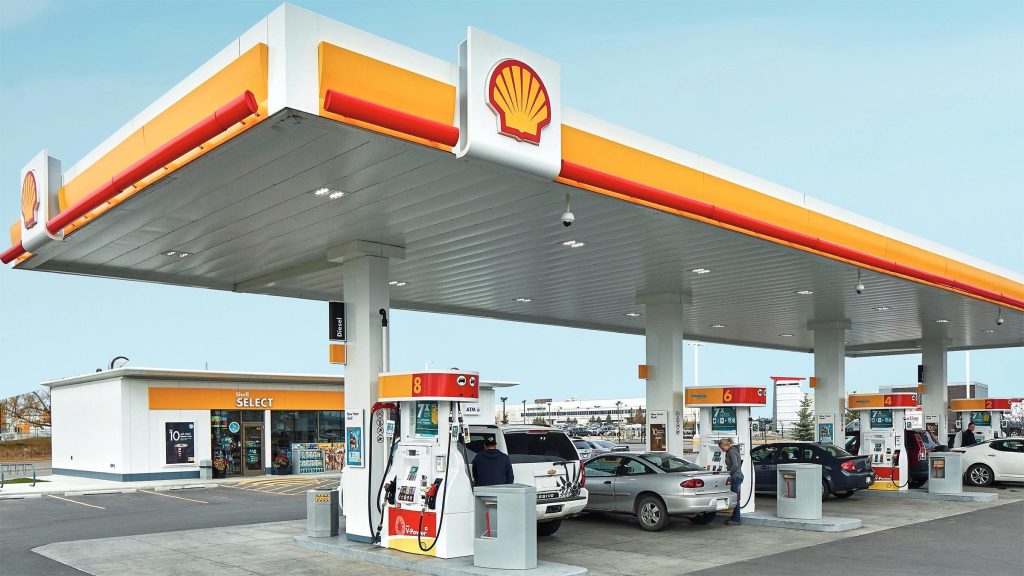U.S gas prices fall bucking traditional summer trend for increases as fewer Americans engage in summer travel
Gas prices are entering a period of decline in the U.S. as more Americans prepare to hit the road for the summer travel season. This comes after a period of rapid increases that saw many Americans feel the pinch from these higher prices in their household budgets and also helped fuel political rhetoric in the midst of the upcoming presidential election.
However, changing driving habits and a combination of outside factors are fueling a decline in prices that will be welcomed by American drivers whenever they need to stop and fill up their vehicles especially when out on a long vacation or road trip.
American drivers benefitting from lower prices
The decline was noted in a report released by AAA which revealed that the national average price on Monday was $3.44 for a gallon of unleaded gasoline. That’s a 9-cent drop from a week ago which is also the largest drop recorded by the AAA for 2024. Looking at the broader picture, this decrease is also 19 cents lower than it was a month ago and 14 cents lower than the same period of time in 2023.
This will be welcome news to American drivers but there’s a complex tapestry in play that is playing a role in the decrease of fuel prices. The factors that are easiest to spot are decreasing demand and a strong supply of oil with OPEC+ strongly indicating that it intends to cut production in an attempt to eliminate some of the excess oil from global supply. Industry analysts also point to a calm oil market with crude oil prices currently in a plateau-like state.
“Demand is just kind of shallow,” AAA spokesperson Andrew Gross revealed. “Traditionally — pre-pandemic — after Memorial Day, demand would start to pick up in the summertime. And we just don’t see it anymore.”
In addition to shifting consumer habits, the ongoing war in Ukraine could have also forced more drivers to shift their habits with the conflict briefly being responsible for an increase in oil prices due to sanctioned Russian oil still being a significant chunk of the world’s oil production. Some of these drivers might have bought EVs or hybrid vehicles to try and stretch their fuel budget further in response to those price swings.
More Consumer News Stories
- EVs Help Blunt Impact of Jumps in Oil Prices
- $1.99 a Gallon? Gas Prices Break Rules, Tumble in Time for Thanksgiving Travel
- Here’s How Much You’ll Spend on Gas in Your Lifetime
Could we see a course correction in prices?
While this period of declining prices is welcomed, it’s often accompanied by a move in the opposite direction especially as the year comes to a close. While it’s difficult to predict how prices for oil and gasoline will move in the future, many analysts say that prices could go down even further assuming that there are not any major disruptions in refining capacity.
A key disruptor that often plays a role in impacting prices are hurricanes with many analysts saying they are keeping a close eye on hurricane season (June 1st to November 30th) to spot any storms that might pose a risk to refineries. These storms have the potential to cause serious damage and can cause refineries to shut down with the risk being magnified for off-shore oil rigs that are often in the path of these storms in the Gulf of Mexico.










0 Comments